Listed 28 sub titles with search on: Main pages for wider area of: "ILIA Prefecture WEST GREECE" .
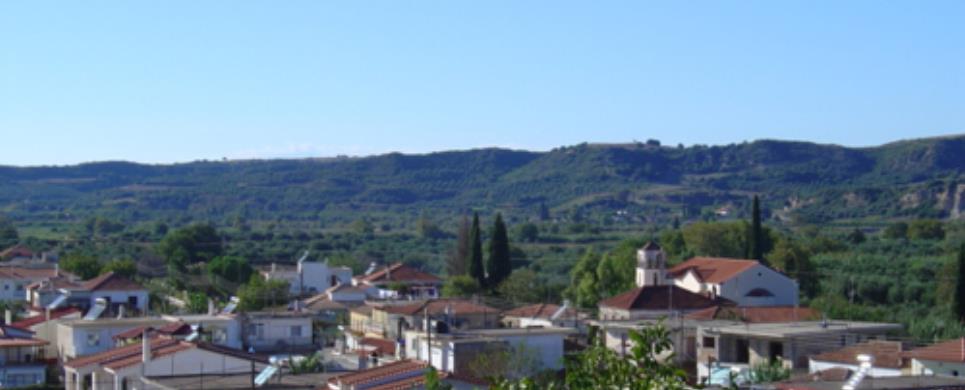
AGIOS DIMITRIOS (Village) AMALIADA
Tel: +30 26220 41455
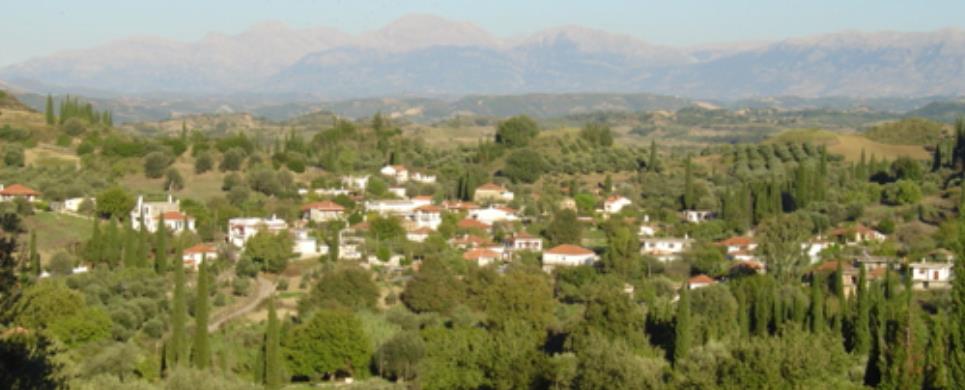
AGIOS ILIAS (Village) AMALIADA
Tel: +30 26220 94596
AMBELOKAMBOS (Village) AMALIADA
Tel: +30 26220 61215
BASSAE (Ancient sanctuary) ILIA
The Temple of Epicurean Apollo
The temple of Apollo Epikourios stands at a height of 1130m on Mount Kotilio, 14km south of Andritsaina. At this site, which was called Bassai (little valleys) in antiquity, the inhabitants of nearby Phigaleia founded a sanctuary of Apollo Bassitas in the 7th c. BC, where they worshipped the god with the epithet Epikourios - supporter in war or illness. The temple of Apollo in the sanctuary at Bassai is one of the best-preserved monuments of the ancient Classical world. It was built from 420 to 400 BC on the site of an earlier, Archaic temple. The traveller Pausanias, who visited and admired the monument about the middle of the 2nd c. AD, states that its architect was Iktinos.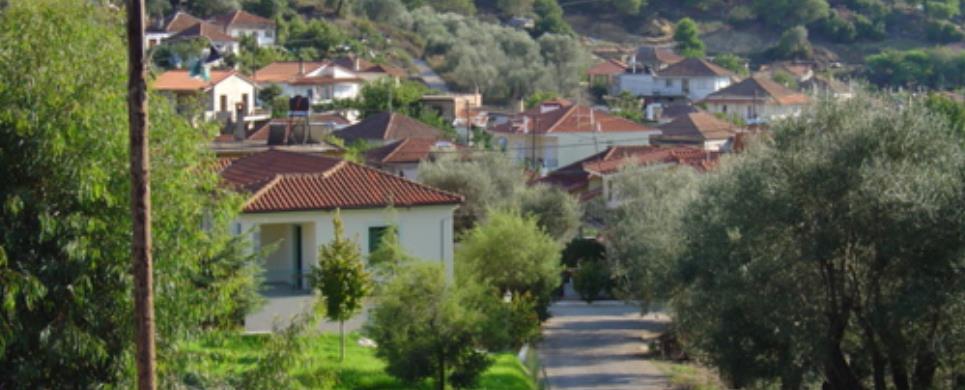
DAFNIOTISSA (Village) AMALIADA
Tel: +30 26220 94070
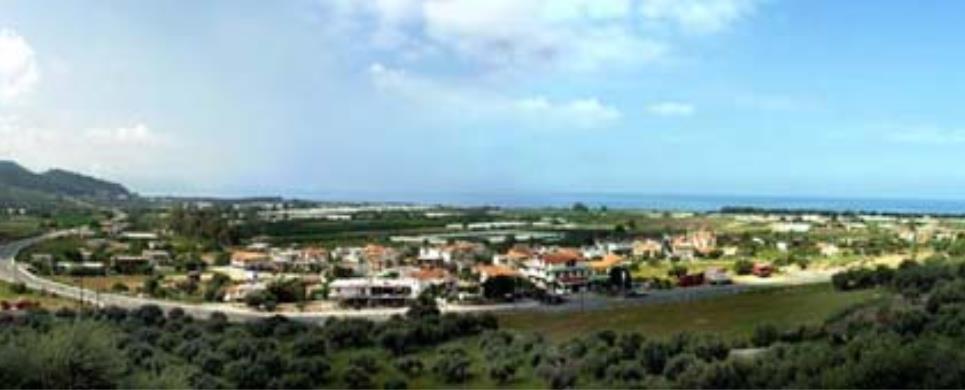
GIANNITSOCHORI (Village) ZACHARO
Tel: +30 26250 61483
ILIS (Ancient city) ILIA
The city-state of Elis developed in the northwest Peloponnese, far
away from the major urban centres of the rest of Greece, and played only a limited
role in the military and political events of the ancient Hellenic world. Neverthless,
it remained centre-stage for hundreds of years, as quardian of the panhellenic
Sanctuary of Olympia, responsible
for the irreproachable preparation and organization of the Olympic Games.
Evidence from excavations to date shows that Elis was settled, albeit
as a small farming village, from the Early Helladic period (c.2800-2000 BC). In
Mycenaean times (c. 1600-1100 BC) it was one of the four most important town in
the region and its ingabitants, who are referred to as Epeians
in the Iliad, took part in the Trojan War under the leadership of Polyxenus.
The city of Elis was founded by Oxylus, who came from Aetolia
in the 12th century BC, with the socalled Descent of the Dorians, and united all
the scattered townships. Ancient tradition has nowadays been confirmed by the
rich finds of the Submycenaean, Protogeometric and Geometric periods (c. 1100-700
BC) recovered from the region.
Oxylus founded the Olympic Games when he incorporated the Sanctuary
of Olympia in the city-state of Elis. The games were reorganized in the 8th century
BC by his descendant King Iphitus, who signed a treaty with the kings Lycurgus
of Sparta and Cleisthenes
of Pisa. Under the terms
of the 'Sacred Truce' the entire region of Elis was declared sacred, thus guaranteeing
peace and the success of the games. In 776 BC, when the first Olympiad was held,
the Eleians assumed supervision of the Sanctuary of Olympia. They forfeited this
privilege to the Pisans in 668 BC but regained it, with the help of the Spartans
in 580 BC.
Henceforth the city enjoyed a great heyday, which lasted until the
end of the 5th century BC. Political and other public issues were of little interest
to Elis, whose chief concern was the organization of the Olympiads. The games
were quinquennial, that is they were held at the end of a four-year period,
most probably in mid-July. To comply with the rules, the competing athletes were
obliged to come to Elis for training one month before the games commenced. They
were accompanied by friends and relatives, resulting in the influx to the city
of choice foreigners from the mainland and islands of Greece, as well as from
the prosperous colonies in Asia Minor and Pontos, Magna Graecia and Africa.
The importance that the Eleians attached to the organization of the
Olympiads is reflected in the picture of the city's agora. The traveller Pausanias,
who visited Elis in the 2nd century AD, describes gymnasia, a palaestra, stoas,
temples, sanctuaries and temene (sacred precincts) but no building associated
with civic life. These edifices were adorned with a host of statues and sculptures
by famous artists fo antiquity. Pausanias mentions, among other monuments, the
temple of Aphrodite Urania (Heavenly), with its chryselephantine statue of the
goddess, a work by Pheidias; the open-air temenos of Aphrodite Pandemos (of the
people), which housed a renowned bronze statue of the goddess, a work by Scopas;
the temple and statue of Apollo Acesius (Healer); the temple of the Graces with
the acrolithic statues of them; the temple of Silenus and the sculptural group
of the god with Methe (Drunkeness).
At its zenith the Eleian state comprised four districts: Coele (Hollow)
Elis - the fertile plain where the capital of the Eleians developed -, Acroreia,
Pisatis and Triphylia.
The people lived in an atmosphere of peace, prosperity and lawfulness. The rich
soil of the region and the mild climate favoured the development of agriculture
and animal husbandry. Indeed he names Elis and Eleians (ancient Falis and
Faleioi) denote the valley and the valley-dwellers respectively.
In recent years excavations have revealed 120 settlements, while surveys
have located another 200 or so sites. Most of these were probably small villages
or isolated farmsteads. Only the capital, Elis, developed into a thriving urban
centre. After the establishment of the democratic body politic and its second
synoecism in particular (471 BC), it was reinforced considerably and became one
of the largest and most populous cities in the Peloponnese. It occupied the area
between the present villages of Paliopolis
(or Nea Elis) in the southeast, Bouchioti
(or Avgeion) in the southwest and Kalyvia
in the west. The ancient acropolis was on Ayannis hill.
Women played a significant role in the management of public affairs
in Elis. According o Pausanias, there was a council of sixteen wise Eleian women,
which had to its credit the reconcilation of Pisa and Elis, as well as the institution
of the Heraean Games. These were panhellenic foot races for girls, held in honour
of the goddess Hera and organized every four years, like the Olympics but on different
dates.
By the late 6th century BC Elis was minting its own coinage, which
during the period of its peak rivalled that of other Greek cities in art and execution.
There were also local pottery workshops and foundries for casting bronze statues,
whose products had a very distinctive character.
The flourishing of the Eleian state was largely due to its long-standing
alliance with Spata, which was dissolved during the Peloponnesian War (431-404
BC). In the 4th century BC the first signs of its imminent decline and the vicissitudes
of the Eleians appeared. In 191 BC they joined the Archaean Confederacy, while
in 146 BC they were subjugated by the Romas, becoming part of the Roman province
ar Achaea. During the period of Roman rule (27 BC - AD 250) the city of Elis expanded
even more. Villas and thermae, which were particularly popular among the Romans,
were built, some of them upon the ruins of Classical edifices.
In Late Roman and Early Christian times (3rd - 5th century AD) habitation
was confined to just one sector of the city, while in other part a large cemetary
was founded, perhaps after the destruction by the Herulians in AD 267. Decadence
came when the Emperor of Byzantium Theodosius I banned the Olympic Games, in AD
393, and life in the Sanctuary of Olympia ceased. The earthquake that struck the
region in the 6th century AD dealt the final blow to the Eleian state.
Xeni Arapoyanni, ed.
Translation by: Alexandra Doumas
Cited Sep 2002, from the Municipality of Amaliada information pamphlet
Xeni Arapoyanni, ed.
Translation by: Alexandra Doumas
This text is cited Sep 2002
, from the information pamphlet of
Amaliada Municipality
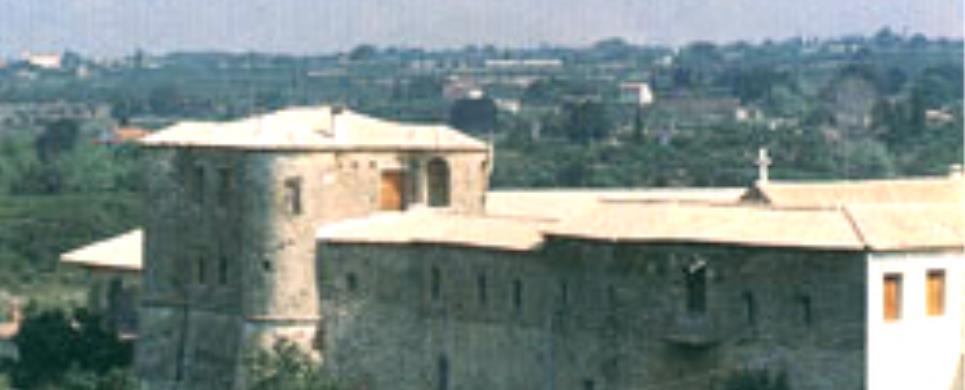
MONI SKAFIDIAS (Monastery) ILIA
Tel: +30 26210 94273
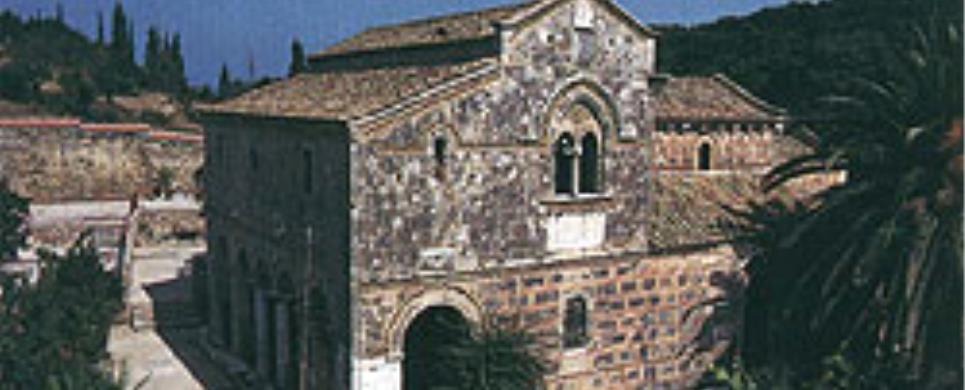
MONI VLACHERNON (Monastery) ILIA
ZACHARO (Small town) ILIA
Zacharo, the magic city that lies on the southwest coast of Ilia
Ionian Sea side. The visitor
can admire the natural beauty of the area and the longest sandy beach in Europe
with crystal clear water. Escaping into the deep blue of the sea promises to water
sports lovers (and not only them) the largest center of water sports in Peloponnisos.
The unique Kaiafa
lake with its thermal springs is included in the beautiful countryside. It
also provides world class water ski installations.
Archaeological sites, old fashioned villages with rare customs and
traditional museums and also intense night life are amongst the highlights of
municipality of Zacharo.
Visitors can address municipality’s tourist office for their
better service.
The text is cited March 2004 from the Municipality
of Zacharo tourist pamphlet.
Receive our daily Newsletter with all the latest updates on the Greek Travel industry.
Subscribe now!